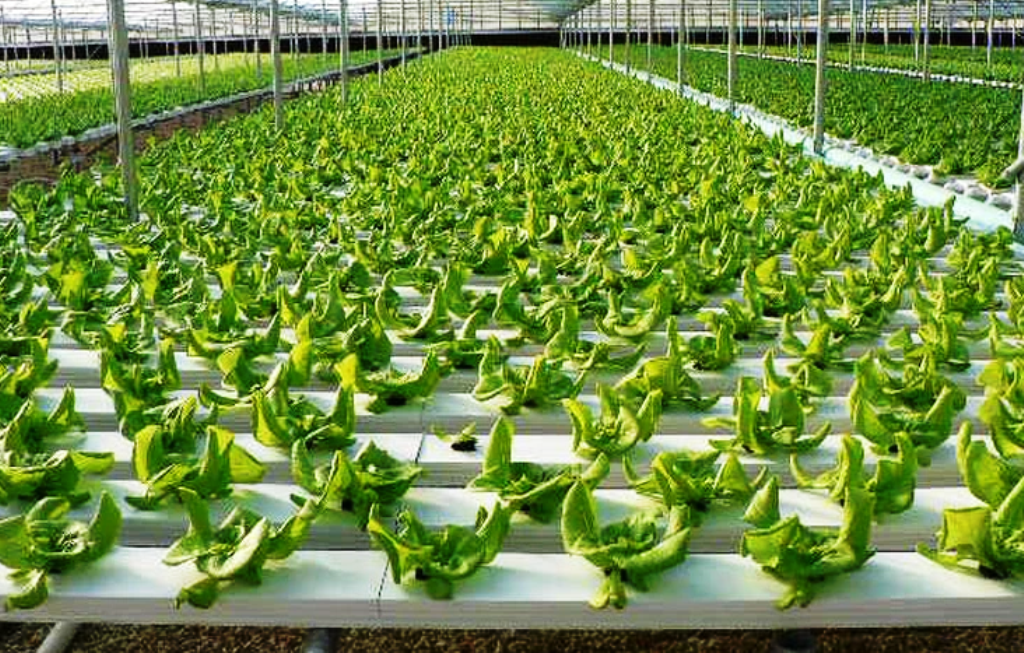Nowadays, everyone is interested to become an agriculture and they want to grow on their own and to eat organically, but it’ s not an easy task to become an agriculturist and you have to work hard in the field to get the better results. These days, organic farming, home gardening and hydroponic gardening become more popular and people also showing interest in farming, so that keeps motivated for so many young enthusiasts to work more and more. In this article, we are going to describe how to start hydroponic farming for beginners.
What is Hydroponic Farming?

Hydroponics is called the science of soil-less gardening. It essentially involves growing healthy plants instead of using a nutrient like a mineral rich water solution without the use of a traditional soil medium. To grow, a plant only needs selected nutrients, some water and sunlight. Plants not only grow without soil; they often grow much better in water with their roots instead.
Ways to Start Hydroponic Farming

Anyone real concerned about growing a hydroponic crop is also focused, time after time, in obtaining the best possible results, consistent results. Growers are wise to keep careful notes about what they have done and any modifications they might have made. Keep nutrient solutions at the correct level (higher for seedlings, to the bottom of the plant), and ensure that their light requirements are consistently met by the plants.
Nevertheless, there are two things a hydroponic gardener must remain aware of. Humidity is one and air circulation is the other. Plants must have a source of fresh air and a way of exhausting stale air in a greenhouse or growing room. The air must also circulate, too. It is likely that stagnant air and high humidity will end up attracting conditions like mold, mildew, algae, and even viruses.
Thing to Monitor while doing Hydroponic Gardening
Temperature: In the typical hydroponic activity, the optimal temperature varies between 68 °-70 °. Failure to survive, yellowing, and loss of vigor include dangers from temperatures that are too poor. Temperatures that are too high are ideal for plant stunting. Throughout the growing field, use several thermometers to decide what you need to do to consistently maintain an ideal temperature.
Humidity: In a hydroponic greenhouse, the optimal range of relative humidity is between 40 and 60 percent. If too much humidity is present, then the risk of fungal infections, such as powdery mildew, is present. To add moisture to the environment, use a humidifier. Remove it by using a dehumidifier.
Levels and concentration of nutrient solution: Tiny seedlings need the solution to enter the base of the plant. As long as the great majority of their root structure remains submerged in the solution, existing plants can be slightly elevated from the water. To track nutrient concentrations in a nutrient, use a PPM/CE meter.
On a last line to say, above are the steps for how to start hydroponic farming and stay tuned for upcoming article.

